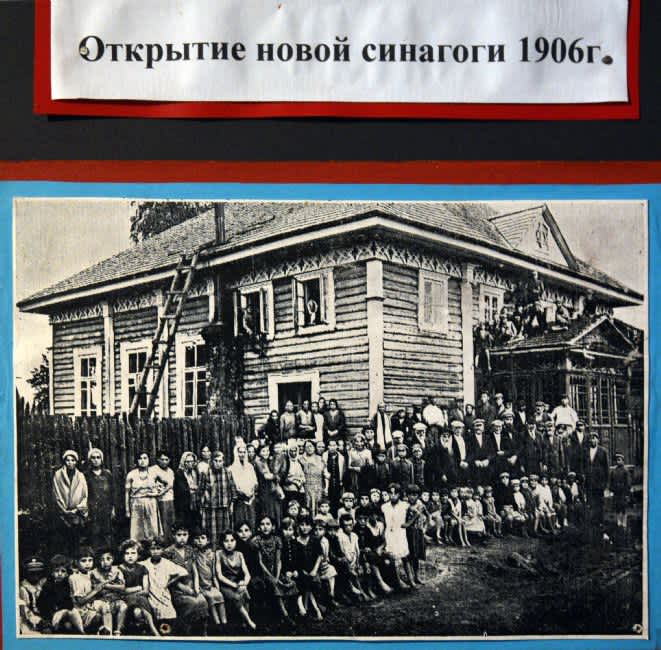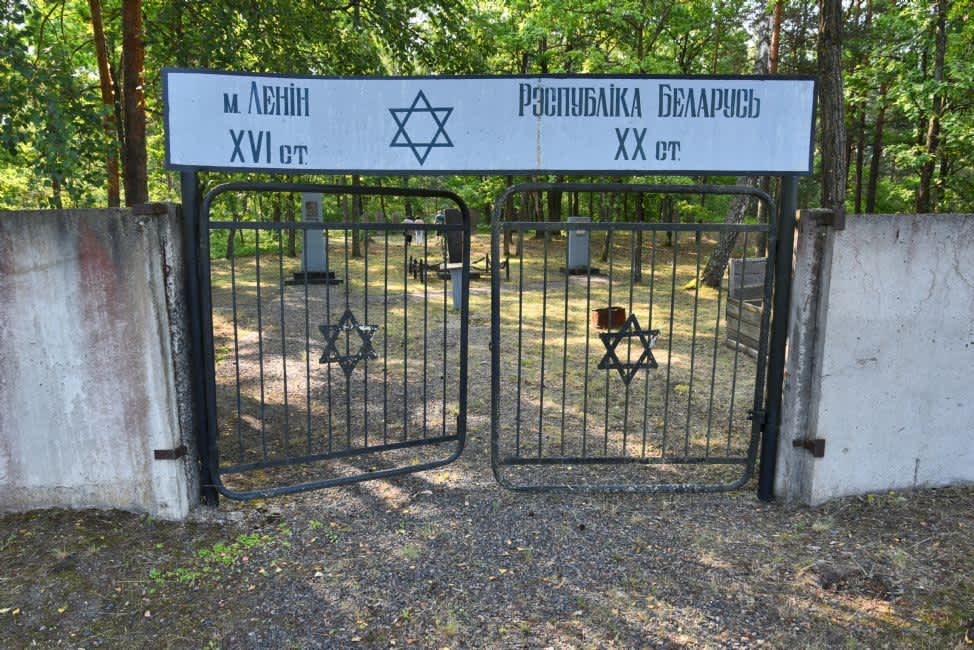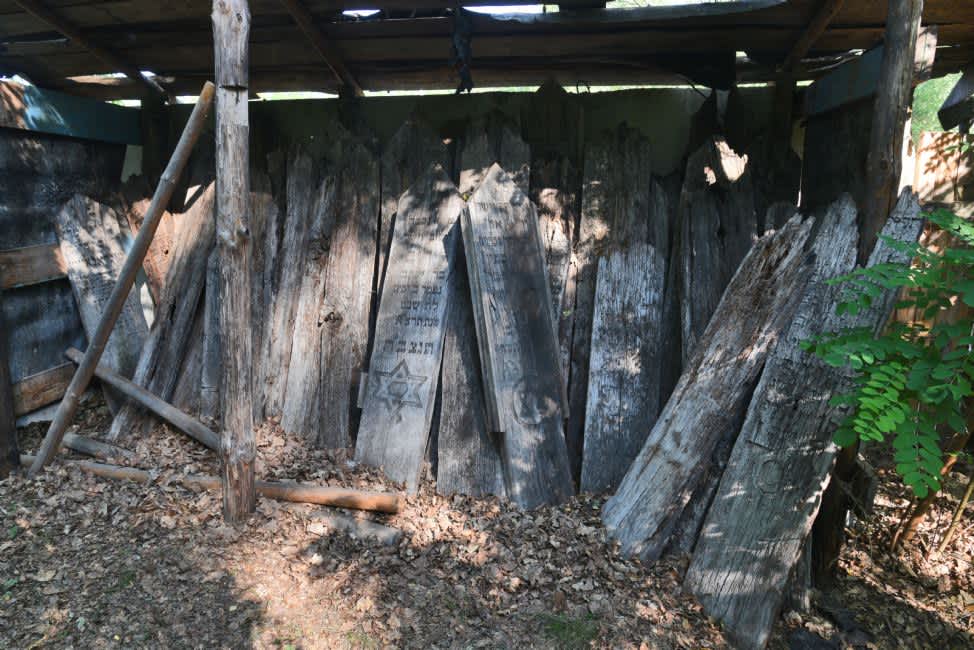
Lenin
When the Soviets took control of Lenin in 1939, the Hebrew school was transformed into a Soviet Yiddish-language institution. Five wealthy Jewish families were deported into the Russian interior. Lenin was occupied by German troops on July 18, 1941. A Judenrat was established; Jews were conscripted for forced labor, and much of their property was confiscated. About a dozen Jews were shot, singly or in small groups, either in Lenin itself or on a nearby hill lying in the direction of the village of Stebelevichi (the present-day villages of Bolshiye and Malyye Stebelevichi) shortly after the onset of the occupation. One of the earliest victims was Nakhum Oleynik, who was tortured in his bed and shot in July 1941. A group of eight young Jewish men were killed in Lenin in July 1941. In late March 1942, a group of 60 local Jewish men were sent to the labor camp in the village of Hancewicze; later, in mid-May 1942, they were followed by a larger group sent to the same destination. On May 10, 1942, a ghetto was set up in Lenin. It housed some 1,200 Jews, 150 of whom had been brought there from nearby villages. The ghetto was liquidated in mid-August 1942. 28 people, Jewish artisans and their families, were spared. Later, at about mid-September 1942, they were freed by a partisan unit that attacked the village.
Lenin was liberated by the Red Army on July 6, 1944.





